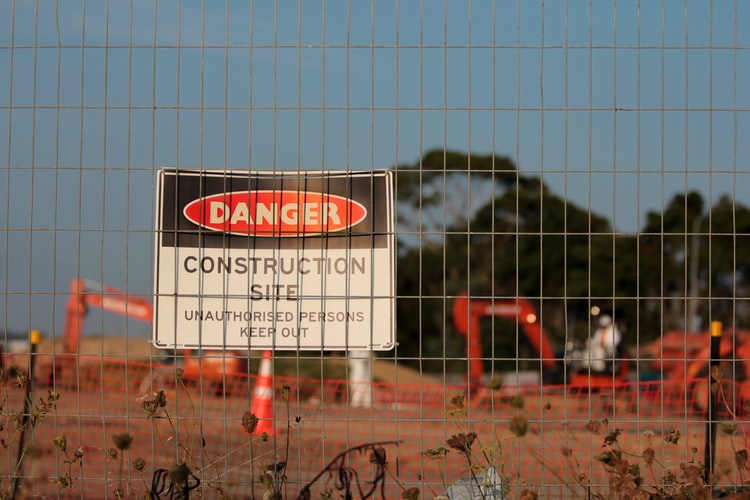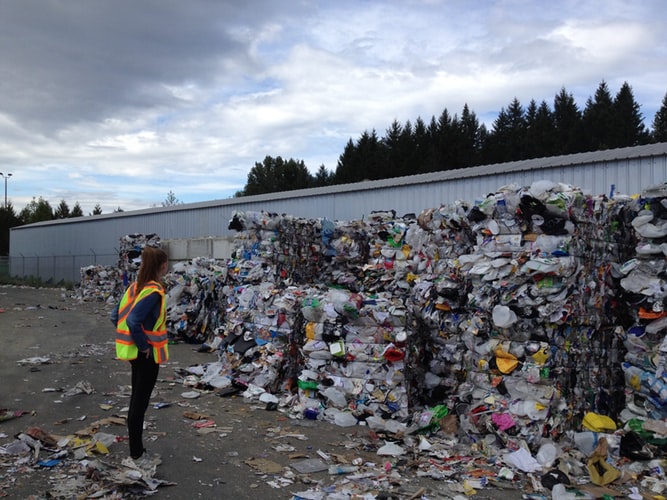The HSE has now published its annual work-related fatality statistics for 2019/20, which seem to suggest that employers are making good progress when it comes to making workplaces safer.

In some welcome good news given the current risk control challenges presented by COVID-19, the provisional data shows a significant drop in the number of work-related fatalities, from 149 in 2018/19 (revised upwards from the 147 initially reported) to 111. This represents the lowest annual number on record, equating to a rate of 0.34 deaths per 100,000 workers.
While it is tempting to take the figures, which cover the period April 2019 to March 2020, at face value, it is not immediately obvious what impact, if any, the current pandemic may have had on the seemingly promising statistics. The HSE has said that the “striking” year-on-year fall may not reflect a major shift in the inherent dangerousness of workplaces, suggesting that COVID-19 may have contributed to the lower-than-usual death toll by suppressing the economy in February and March.
The first 10 months of 2019/20 were already on track for a lower annual number of deaths, the HSE said, but February and March recorded a particularly low number compared to the historical average for the time of year.
Nevertheless, there is cause for cautious optimism, although the HSE has stressed that employers cannot afford to become complacent. Let’s take a closer look at what the figures tell us.
Key findings
The report breaks down fatal injuries by sector, types of accident, workers’ age and other metrics to allow for short and long-term comparisons of change. The headline figures are as follows:
- The sector with the highest number of fatal injuries in 2019/20 was the construction industry (40), followed by agriculture, forestry and fishing (20) and manufacturing (15). These were the big three last year, though construction has seen a marked increase in fatalities (from 31 in 2018/19), overtaking agriculture, forestry and fishing where fatalities have declined (from 27 in 2018/19).
- Aside from raw numbers, which typically see the above sectors come out on top, the HSE also considers the “fatal injury rate”, i.e. the number of fatalities per 100,000 workers employed. Looking at fatalities this way, agriculture, forestry and fishing can be considered the most dangerous sector, with an annual average of 5.96 deaths per 100,000, followed by waste and recycling (4.57) and construction (1.74).
- The all-industry average is down from 0.42 deaths per 100,000 in 2018/19 to 0.34 in 2019/20, indicating that, in general, workplaces are becoming safer.
- Falls from height continue to be the number one cause of fatal injury at work, accounting for 29 of the 111 deaths reported. Mirroring last year’s findings, the second and third most common cause of fatal accident were being struck by a moving vehicle (20, down from 30) and being struck by a moving object (18, up from 16). Between them, these three main accident types account for over half of all fatal injuries and have done each year since at least 2001/02, suggesting employers should focus their attention on activities where these risks are present.
- The top five major causes of fatal injury accounted for over three-quarters of all work-related deaths, not only in 2019/20 but in the combined five-year period from 2015/16 to 2019/20. In addition to the three accident types mentioned above, these include being trapped by something collapsing/overturning, and contact with moving machinery.
- The overwhelming majority (97%) of all worker fatalities in 2019/20 were to male workers, a similar proportion to previous years, likely due to the higher proportion of men in more dangerous occupations.
- Despite making up only around 10% of the workforce, 27% of fatal injuries in 2019/20 were to workers aged 60 and over. In fact, across almost all main industry sectors, the fatal injury rate increases with age, with workers aged 60-64 having a rate around twice as high as the all-ages rate (0.92 and 0.42 respectively).
- In addition to workers, 92 members of the public were killed due to work-related activities in 2019/20. This does not include those that occurred in Local Authority enforced workplaces as the HSE been unable to verify these cases given the pressures on them arising from the current pandemic.
- Regionally, 85 fatal incidents occurred in England, 16 in Wales and 10 in Scotland. In terms of the number of deaths per 100,000 workers, England consistently has a lower fatal injury rate than either Scotland or Wales; however, the HSE notes that this coincides with a greater proportion of people working in lower-risk jobs.
- The UK consistently has one of the lowest rates of fatal injury across Europe. In 2017, the standardised rate (which gives consistency to workplace injury statistics across the EU) was 0.52 per 100,000 employees, making it one of the lowest of all European countries and lower than other large economies such as France, Germany, Italy, Spain and Poland. Similarly, the UK three-year average rate for 2014-2016 (0.53 per 100,000 employees) was the lowest of all EU member states.
This year’s report does not include deaths from occupational disease, meaning fatalities related to COVID-19 were not included.
A timely reminder
Despite a promising indication that employers are on top of workplace risks, the HSE has cautioned against complacency and, in particular, has urged employers not let COVID-19 blind them to the other dangers present in their workplace that still need to be controlled.

In a bulletin issued to waste management sector, where the fatality rate is 18 times higher than the all-industry average, the regulator reminded employers that a focus on social distancing should must not detract from other serious safety risks. It stated that despite lower-than-usual levels of sickness absence, the industry has experienced near-misses with a high potential for a serious incident, suggesting that a focus on COVID-19 may be causing employees to forget ‘basic’ risks such as road safety accidents.
It warned: “Whilst monitoring precautions against COVID-19 remains important, employers also need to ensure that monitoring for compliance with precautions aimed at other risks also continues and is not degraded.”
Speaking on the new statistics in the context of the current pandemic, HSE chief executive Sarah Albon said: “No one should be hurt or killed by the work they do. In these extraordinary times, we have seen many workers risking their lives to help others during the coronavirus outbreak. Although these statistics are not a reflection on COVID-19 related loss of life, it is a pertinent time to reflect.”

Nick Wilson
Director of Health & Safety Services
Expert Comment
The virus remains prevalent throughout the community and efforts at the moment are understandably directed towards controlling this new workplace hazard. But that should not come at the expense of other hazards which continue to account for the majority of workplace fatality and major injury. With instances of COVID-19 reportable under the RIDDOR regulations if the disease resulted from occupational exposure, we may find ourselves reflecting on an entirely different set out figures when the next round is released.
A fuller assessment of work-related injury and ill health will follow in November as part of the HSE’s annual Health and Safety Statistics release.
Need help strengthening your safety measures?
Given the potentially devastating consequences of non-compliance, it is imperative that employers have the right support in place to manage health and safety matters, not only during COVID-19 but always.
At Ellis Whittam, we help organisations proactively protect their people, reputation and bottom line, including dramatically reducing the risk of a workplace fatality by around six times. Our personalised, fixed-fee service gives you access to a named, professionally-qualified Health & Safety specialist, who will assist with all aspects of risk management, from developing a robust Health & Safety Policy to dealing with emergencies, adopting a sensible, proportionate approach to compliance.
